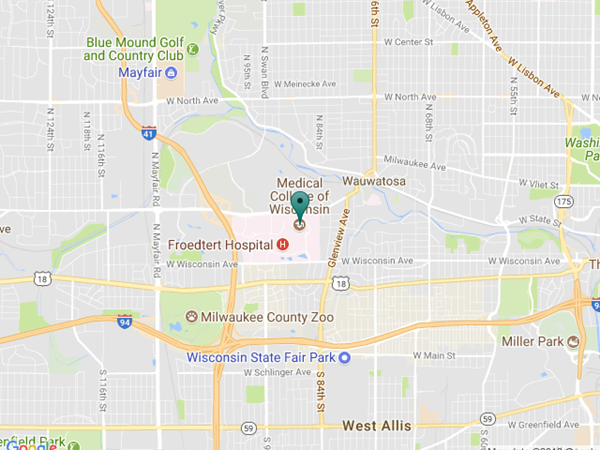Vein disease is a medical problem, and each disorder is different. Depending on the vein problem, treatment may involve one or more procedures. Today’s advanced treatments – sclerotherapy, microphlebectomy, and thermal and non-thermal ablations – offer much more comfort and are much less invasive than those done in the past, such as vein stripping. All treatments are performed at the clinic. Most patients are able to resume normal activities the day after treatment or sooner.
Sclerotherapy, used to treat spider and varicose veins, involves injecting a solution directly into the veins. The solution irritates the lining of the veins, causing them to contract and collapse. Blood in these veins is directed back into deeper, normal veins.
Microphlebectomy involves making tiny incisions in the skin through which the varicose veins are removed. Stitches are usually not needed.
And thermal ablation, using laser or radiofrequency energy, seal and close the vein. Non-thermal techniques such as Varithena™ (polidocanol microfoam), and VenaSeal™ (cyanoacrylate glue) also seal and close a vein. These thermal and non-thermal techniques have nearly replaced traditional stripping. Physicians will determine which technique is best for your individual situation and insurance coverage.


